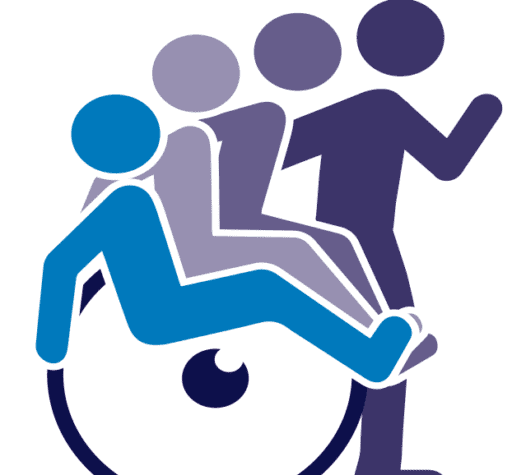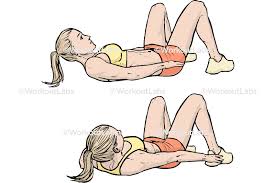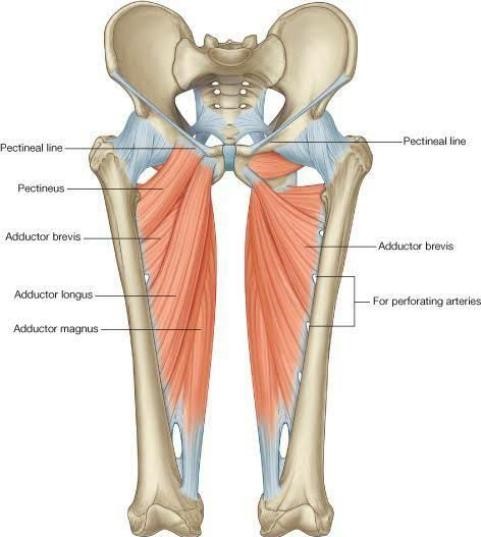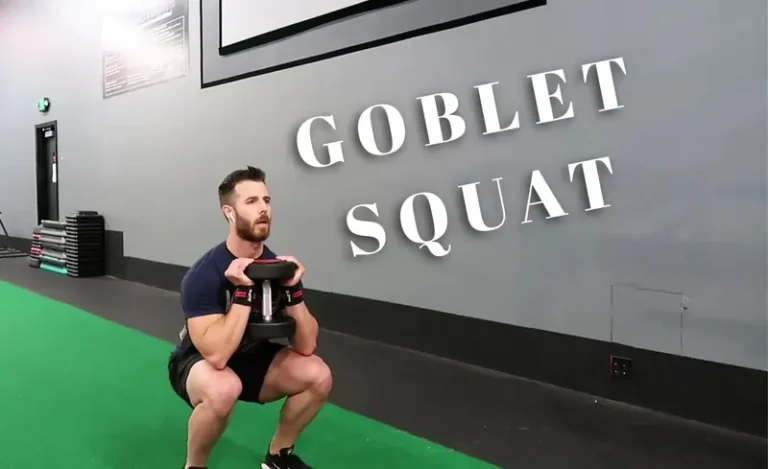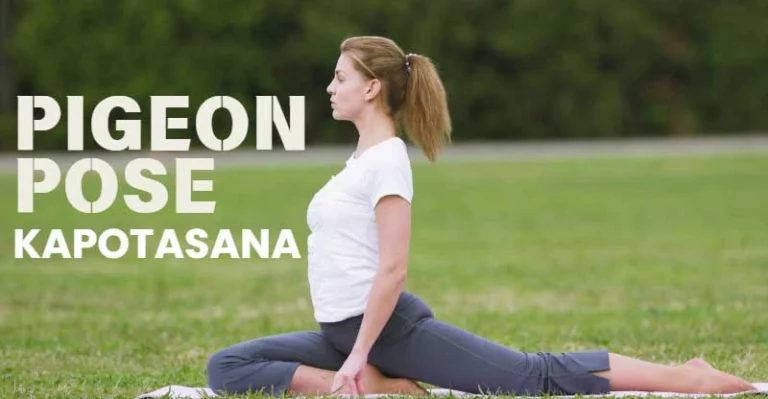Heel Touches Exercise
Table of Contents
Introduction:
Heel touches are a simple yet very powerful core exercise that targets the oblique muscles as well as the rest of the abdominal area. This exercise helps tone the waist, strengthen the core, and improve general body balance.
Heel touches are a great addition to at-home training regimens for people of all fitness levels because they don’t require any special equipment and can be performed in a small area.
What Are Heel Touches?
The oblique muscles on the sides of your core are the main focus of heel touches, an easy yet powerful abdominal exercise. Without the need for any special equipment, this regulated side-to-side motion helps tone and build the midsection by activating the rectus abdominis, obliques, and other stabilizing muscles.
Muscles Worked in Heel Touches Exercise:
Primary Muscles:
- Obliques Muscles.
- Internal oblique muscle
- External oblique muscle
- Rectus Abdominis.
Secondary Muscles:
- Transverse Abdominis.
- Hip Flexors.
- Lower Back Stabilizers.
Benefits of Heel Touches Exercise:
- Tones the Waistline: This technique focuses on the side abs to give the stomach greater definition.
- Improves Core Stability: By fortifying stabilizing muscles, this technique improves posture and balance.
- Improves Flexibility: By allowing for controlled side bends, this technique enhances lateral spinal flexibility.
- No Equipment Is Required.
- Beginner-Friendly: Easy movements that can be easily modified for people of all fitness levels.
Heel Touches Exercise Video
How to Do Heel Touches Exercise:
- Starting Position: Place your feet level on the floor, hip-width apart, and bend your knees while lying flat on your back on an exercise mat.
- Stimulate Your Core: Maintain a neutral head and neck posture.
- Return to Center: Without letting your core muscles relax, raise your torso back to the beginning position.
- Switch Sides: Bend to the left and use the same controlled motion to extend your left hand toward your left heel.
- Continue Alternating: For the required amount of repetitions, repeat side-to-side touches while keeping your breathing constant and your core engaged.
Return to the center after slowly bending your body to the right and reaching your right hand toward your right heel without rotating your hips. For the required number of repetitions, keep switching sides in a controlled motion, paying close attention to your core engagement and breathing.
Avoid These Mistakes When Performing Heel Touches:
- Making Use of Momentum Rather than Muscle Control: Rushing through the exercise or swinging the arms decreases core engagement.
- Lifting the Neck Too Much: Injuring or causing pain might result from straining the neck rather than the abs.
- Lower Back Arching: Allowing the lower back to raise off the mat reduces its efficacy and puts more pressure on it.
- Twisting the Hips: By rotating the hips rather than maintaining their stability, attention is diverted from the obliques.
- Shallow Range of Motion: Muscle activation is limited when one cannot reach the heel far enough.
- Holding Breath: Immediate weariness and decreased performance can result from failing to breathe consistently.
Variations of Heel Touches:
Side Bend:
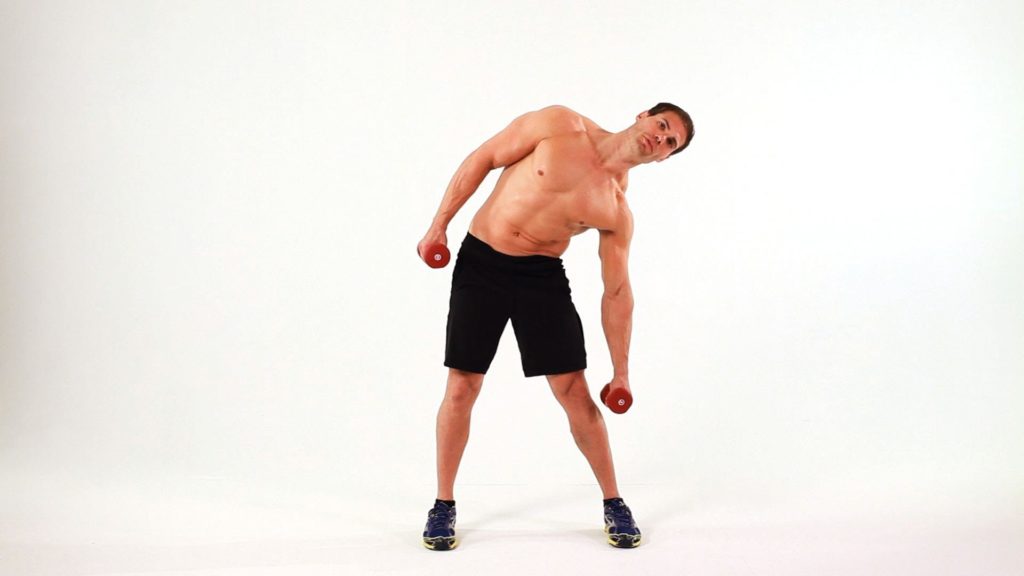
A side bend is a strengthening and flexibility exercise that works the muscles on either side of your body, especially the obliques. It helps to enhance posture, waistline shape, and trunk mobility by bending your upper body laterally, or sideways, without twisting your spine. Side bends may be done while standing, sitting, or lying down.
To boost the intensity, you can use weights, resistance bands, or other equipment in addition to your body weight. In addition to strengthening the core, this exercise helps functional motions such as reaching, twisting, and spine stabilization during daily tasks.
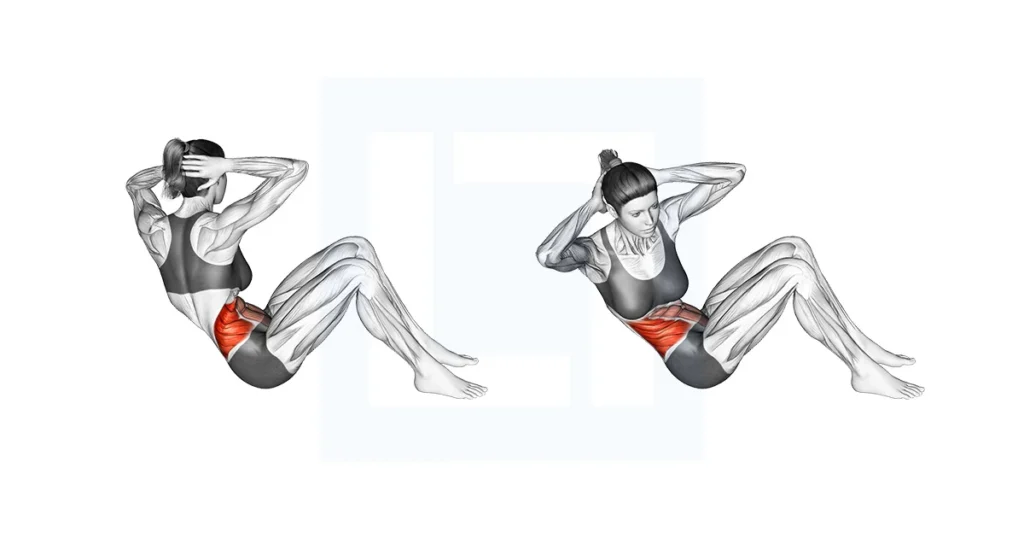
It includes bending your knees while sitting on the floor, bending your back a little while maintaining a straight spine, and then moving your body from side to side. By using the muscles involved in trunk rotation and stability, this twisting action helps to strengthen the functional core and tone the waist.
For more resistance, you can hold a dumbbell, medicine ball, or weight plate in addition to your body weight when performing the exercise. Russian twists are popular in fitness and sports training regimens because they improve balance, coordination, and rotational power.
Resistance Band Heel Touch:

A variant on the classic heel touch exercise, the resistance band heel touch provides additional stress to further test the core muscles. To provide extra pull when you reach for your heels, this variation involves looping a resistance band over your upper back and holding it in your hands or arms. Your obliques, rectus abdominis, and transverse abdominis must work harder due to the additional resistance, which results in stronger and more defined muscles.
Similar to standard heel touches, the action is executed side-to-side, but slower, more deliberate motions are used to keep the tension constant throughout the exercise. For individuals who have mastered the fundamental heel touch and wish to enhance their core training while simultaneously increasing their stability and endurance, this version is perfect.
Spider Plank:

A difficult plank variation, the spider plank works the shoulders, hip flexors, obliques, and core while also using the glutes and enhancing stability. Engage your obliques as you carefully pull your right knee closer to your right elbow while maintaining a stable hip position.
This crawling motion gives the classic plank a dynamic and rotating component that improves coordination, balance, and endurance while also activating the core. It’s a great option for improving athletic performance and functional core strength.
Conclusion:
Without the need for any equipment, heel touches are a basic yet powerful core workout that may tone your waist, improve stability, and strengthen your obliques. They are appropriate for all fitness levels due to their beginner-friendly design and intensity-modifiability.
Heel touches can enhance posture, increase core endurance, and promote general functional movement when done correctly and with control. Including them in your daily exercise regimen is a simple method to improve balance and body control while developing a stronger, more defined stomach.
FAQs
According to Kristin, “heel taps work the deep core muscles,” which include the transversus abdominis. The deepest of the six abdominal muscles is the transversus abdominis, which runs between the ribs and the pelvis and encircles the front to rear torso.
With each heel tap, switch sides and repeat step three with your left leg. Aim for three sets of 12–20 repetitions.
According to Beck, wearing heels might help them reconstruct their lower legs and harden their Achilles, which would make walking “less effortful” and motivate them to be more active.
An exercise that can aid with muscle definition is heel touches, which tone the oblique muscles on the sides of the belly. They do not, however, immediately reduce waist fat like crunches do.
First, let’s examine the advantages of heel touches. The oblique muscles that run along the outside of the trunk are truly worked by heel touches. They also target the rectus abdominis, which is the outside core muscle, and the transverse abdominis, which is the deep core muscle that helps maintain the spine.
Using both hands, grasp the towel’s ends and slowly draw your foot in your direction. After 15 to 30 seconds of holding this stretch, go on to the opposite foot. Your heel pain and muscular strain can be successfully and conservatively relieved with these stretching exercises.
Your ability to maintain proper technique throughout each set will determine the sets and repetitions you choose. Place your feet on the floor, knees bent, and arms at your sides while lying face-up on an exercise mat.
To put it simply, heel lifts strengthen your calf muscles. Walking, climbing stairs, jumping, and even reaching for items on the highest shelf will all be supported by this.
References:
- Ross, M. (1970, January 1). Heel Taps (aka Heel Touches) Torch Your Obliques and Require Zero Equipment. https://www.onepeloton.com/blog/heel-touches
- Ryt, J. Z. N. C. C., & Ryt, J. Z. N. C. C. (2024, April 23). How to do heel touches — proper form, benefits, variations, and more. BarBend. https://barbend.com/heel-touches/
- Pt, K. G. (2022, April 3). Heel Touch: how to, benefits, variations. Livestrong.com. https://www.livestrong.com/article/13770756-heel-touches-exercise/
- Heel touches exercise instructions & video. (n.d.). Sweat. https://sweat.com/exercises/heel-touches
- Stefanov, P. (2025, May 28). Heel Taps: How-to, tips, variations, alternatives & mistakes. Hevy – #1 Workout Tracker & Planner Gym Log App. https://www.hevyapp.com/exercises/heel-taps/
- Heel Touches: Benefits and muscles used | 30-day fitness challenge. (n.d.). 30 Day Fitness Challenge App: Workouts at Home to Get Into Shape. https://30dayfitness.app/fitness/heel-touches-benefits-and-muscles-used/
